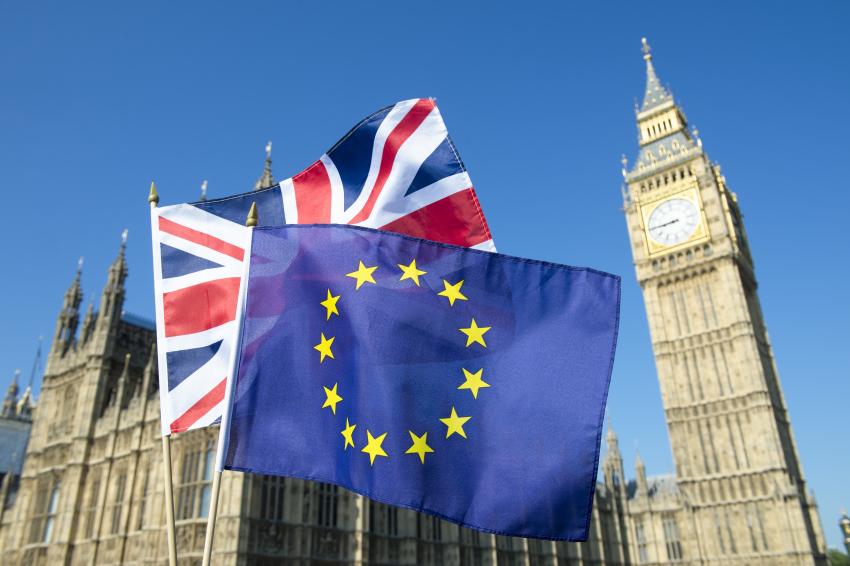CIA and Cefic Urge UK-EU Partnerships post-Brexit
20.03.2018 -
As the UK agrees terms with the EU on Brexit’s transition period, the Chemical Industries Association (CIA) has welcomed the confirmation that access to each other’s markets will remain unchanged until Dec. 31 2020, something the organization said it has been campaigning for.
CIA chief executive Steve Elliott said that he hoped UK Prime Minister Theresa May’s proposal of associate membership of the European Chemicals Agency (ECHA) could now be given serious consideration in the detailed negotiations to follow.
His comments come just three days after the CIA and the European Chemical Industry Council (Cefic) issued a joint statement, voicing their "considerable concern” over the EU’s failure to include any mention of associate membership of EU agencies, including ECHA, when it issued draft guidelines on negotiations with the UK on Mar 7.
The organizations said that a continued partnership between the UK and ECHA would avoid duplicate testing and related costs under REACH legislation, along with assuring continuity of supply to key industries such as aerospace, automotive and pharmaceuticals. Establishing a separate UK agency would take years to achieve, they said, and, at significant cost, threaten to waste a decade’s worth of investment into chemical safety by government and industry.
Separately, Cefic has linked with the European Chemical Employers Group (ECEG), which represents the chemical, pharmaceutical, rubber and plastics industries, and industriAll European Trade Union, to stress the importance of a post-Brexit relationship that would avoid adverse effects on the industry’s viability, international competitiveness and employment on both sides of the Channel.
Among other things, the associations are calling for an appropriate transition period with pragmatic and workable arrangements on legal jurisdiction and dispute resolution; a comprehensive and smooth trade relationship that enables the easy flow of goods and free movement of employees; and regulatory consistency.





